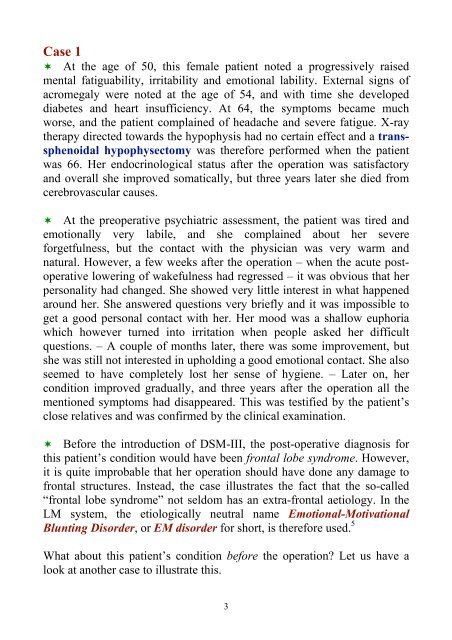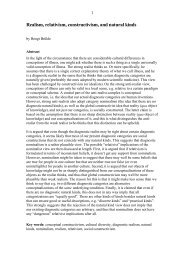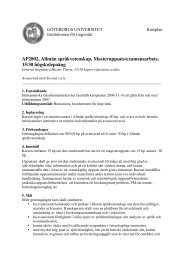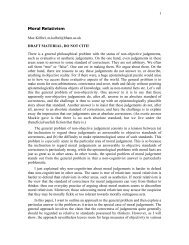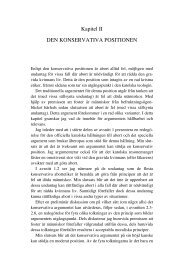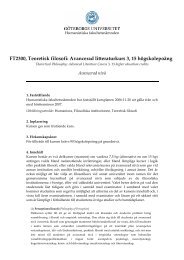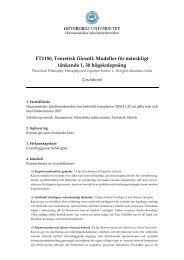Memory, emotion and brain injury Memory, emotion and brain injury
Memory, emotion and brain injury Memory, emotion and brain injury
Memory, emotion and brain injury Memory, emotion and brain injury
You also want an ePaper? Increase the reach of your titles
YUMPU automatically turns print PDFs into web optimized ePapers that Google loves.
Case 1<br />
At the age of 50, this female patient noted a progressively raised<br />
mental fatiguability, irritability <strong>and</strong> <strong>emotion</strong>al lability. External signs of<br />
acromegaly were noted at the age of 54, <strong>and</strong> with time she developed<br />
diabetes <strong>and</strong> heart insufficiency. At 64, the symptoms became much<br />
worse, <strong>and</strong> the patient complained of headache <strong>and</strong> severe fatigue. X-ray<br />
therapy directed towards the hypophysis had no certain effect <strong>and</strong> a transsphenoidal<br />
hypophysectomy was therefore performed when the patient<br />
was 66. Her endocrinological status after the operation was satisfactory<br />
<strong>and</strong> overall she improved somatically, but three years later she died from<br />
cerebrovascular causes.<br />
At the preoperative psychiatric assessment, the patient was tired <strong>and</strong><br />
<strong>emotion</strong>ally very labile, <strong>and</strong> she complained about her severe<br />
forgetfulness, but the contact with the physician was very warm <strong>and</strong><br />
natural. However, a few weeks after the operation – when the acute postoperative<br />
lowering of wakefulness had regressed – it was obvious that her<br />
personality had changed. She showed very little interest in what happened<br />
around her. She answered questions very briefly <strong>and</strong> it was impossible to<br />
get a good personal contact with her. Her mood was a shallow euphoria<br />
which however turned into irritation when people asked her difficult<br />
questions. – A couple of months later, there was some improvement, but<br />
she was still not interested in upholding a good <strong>emotion</strong>al contact. She also<br />
seemed to have completely lost her sense of hygiene. – Later on, her<br />
condition improved gradually, <strong>and</strong> three years after the operation all the<br />
mentioned symptoms had disappeared. This was testified by the patient’s<br />
close relatives <strong>and</strong> was confirmed by the clinical examination.<br />
Before the introduction of DSM-III, the post-operative diagnosis for<br />
this patient’s condition would have been frontal lobe syndrome. However,<br />
it is quite improbable that her operation should have done any damage to<br />
frontal structures. Instead, the case illustrates the fact that the so-called<br />
“frontal lobe syndrome” not seldom has an extra-frontal aetiology. In the<br />
LM system, the etiologically neutral name Emotional-Motivational<br />
Blunting Disorder, or EM disorder for short, is therefore used. 5<br />
What about this patient’s condition before the operation Let us have a<br />
look at another case to illustrate this.<br />
3


